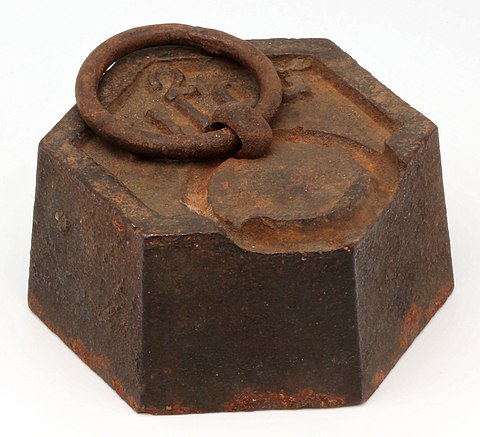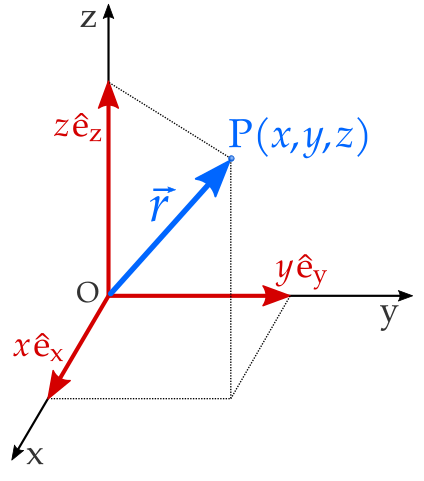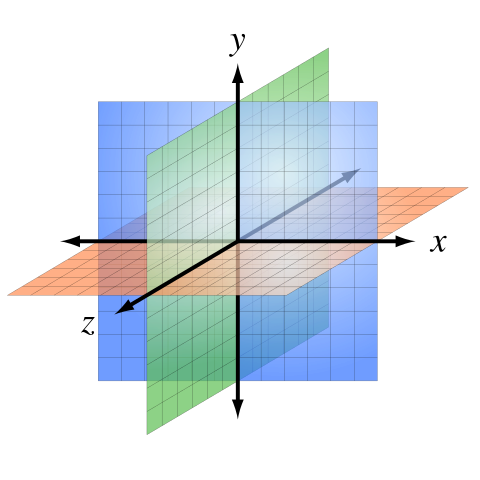The centre of mass is the point in a system of particles or a rigid body where the entire mass can be considered to be concentrated for the purpose of analyzing motion. It represents the weighted average position of all the mass elements in the system.
For a system of nnn particles with masses m1,m2,…,mn at positions r1,r2,…,rn,…,rn, the position of the centre of mass R⃗cm\vec{R}_{\text{cm}}Rcm is given by: Rcm = i = 1nmi ri / i = 1 mi
Where ri is the position vector of the i-th particle.
No, the centre of mass does not always lie within the physical boundaries of the object. For instance, in a hollow ring or an irregular shape, the centre of mass may lie outside the object.
The centre of mass simplifies the study of motion by allowing the system of particles to be treated as if all its mass is concentrated at this single point. It is useful for analyzing translational motion, equilibrium, and rotational dynamics.
The motion of the centre of mass is governed by the net external force acting on the system. Its acceleration is given by:
acm = Fext / M
Where Fext is the total external force, and M is the total mass of the system.
For a uniform rod, where the mass is distributed evenly along its length, the centre of mass lies at its geometric centre, which is the midpoint of the rod.
The position of the centre of mass determines the stability of an object. An object is stable if its centre of mass lies within its base of support. If the centre of mass moves outside this base, the object becomes unstable and may topple.


